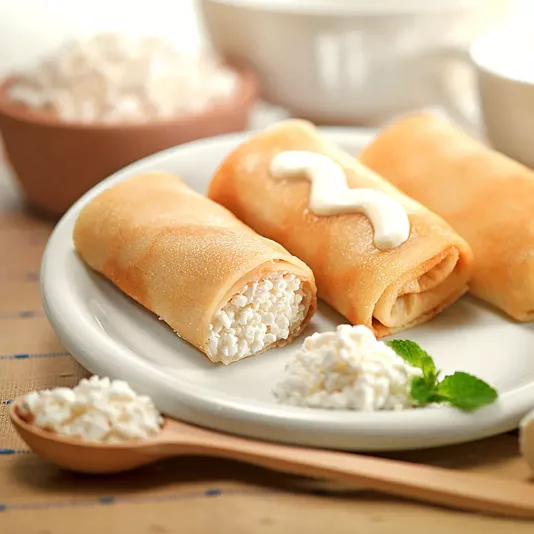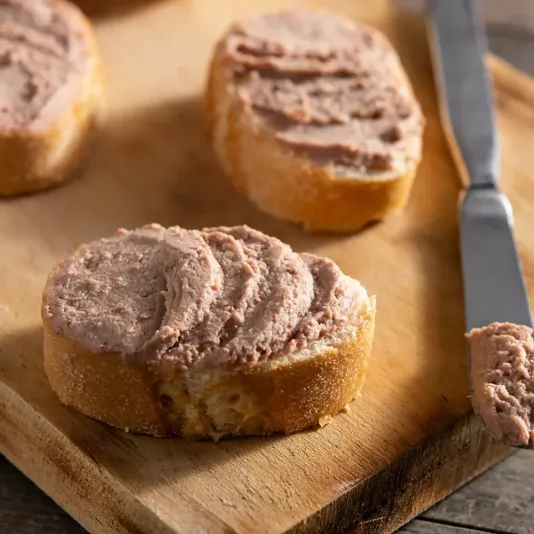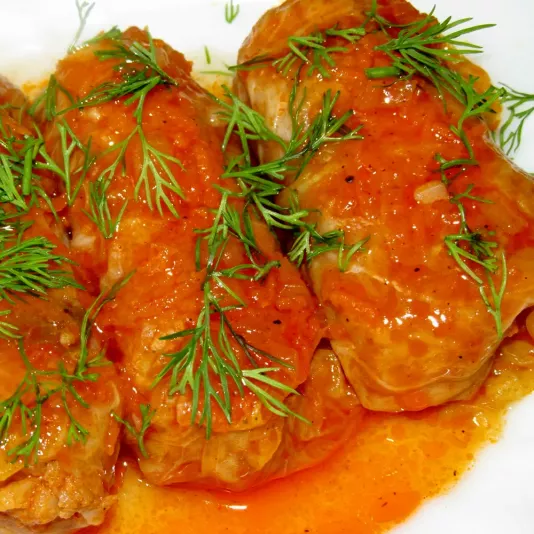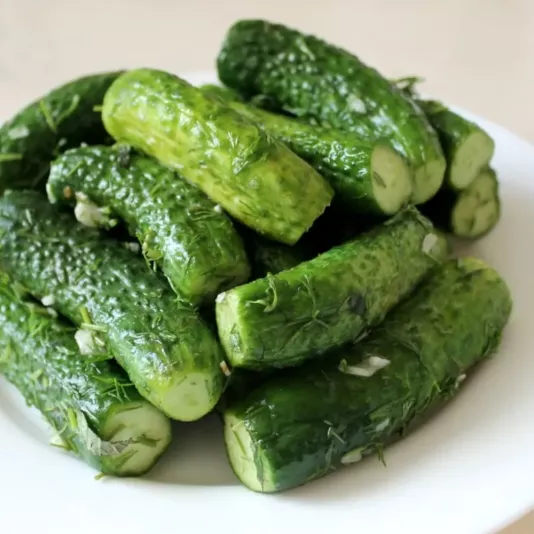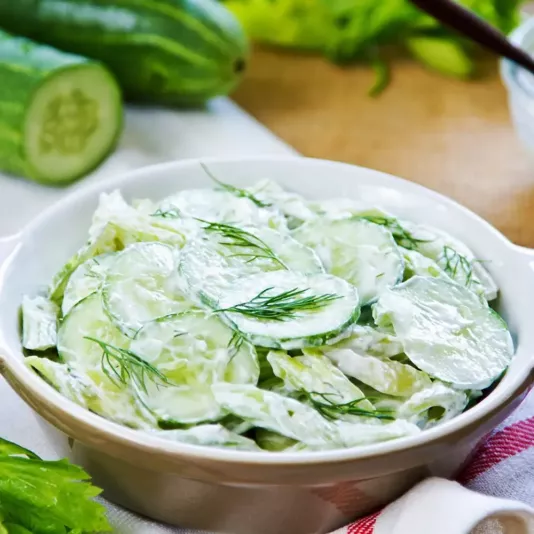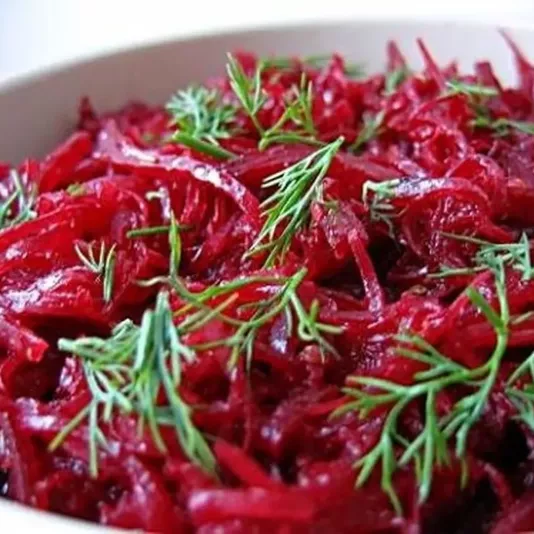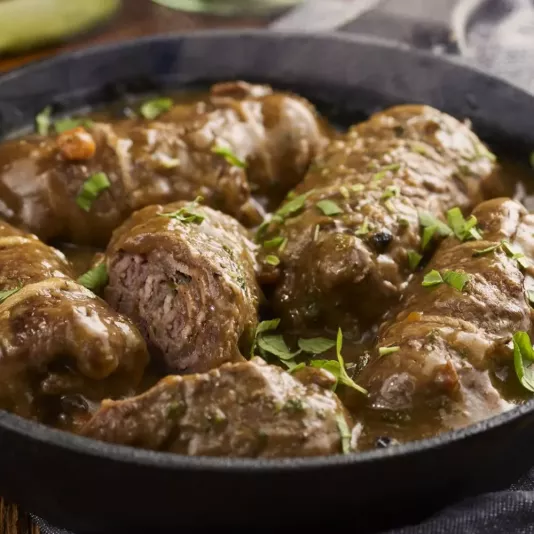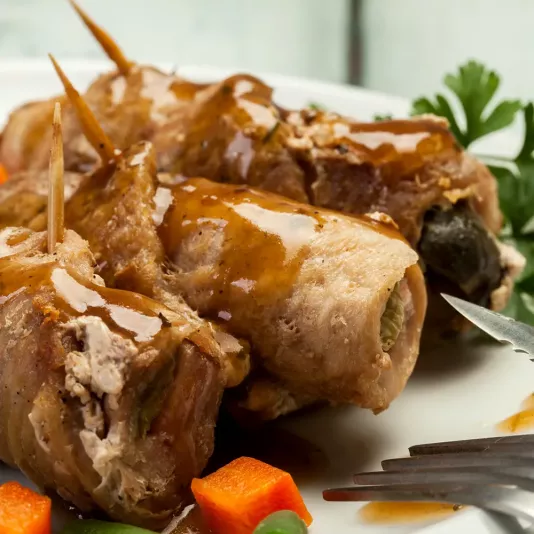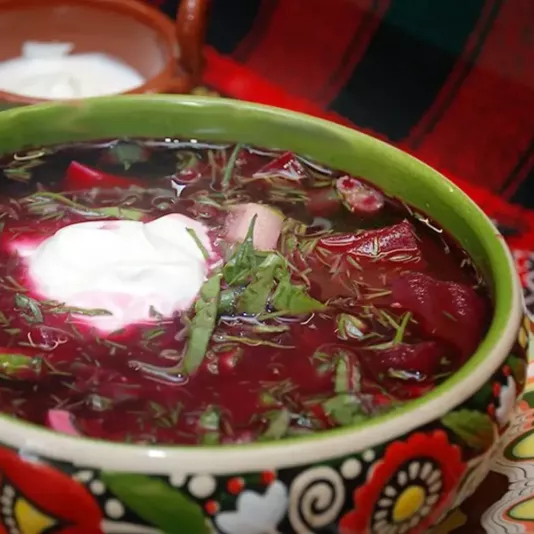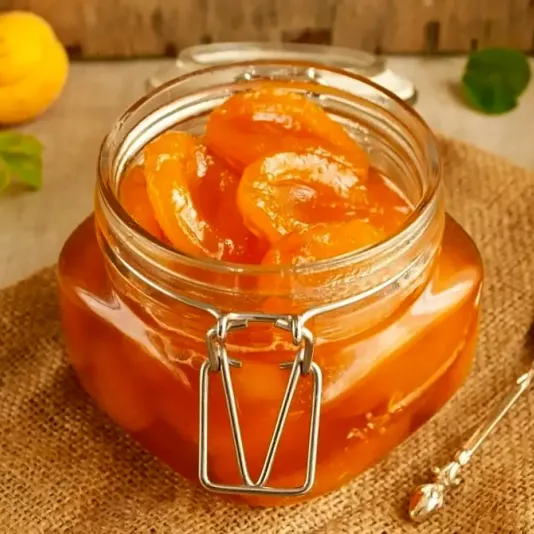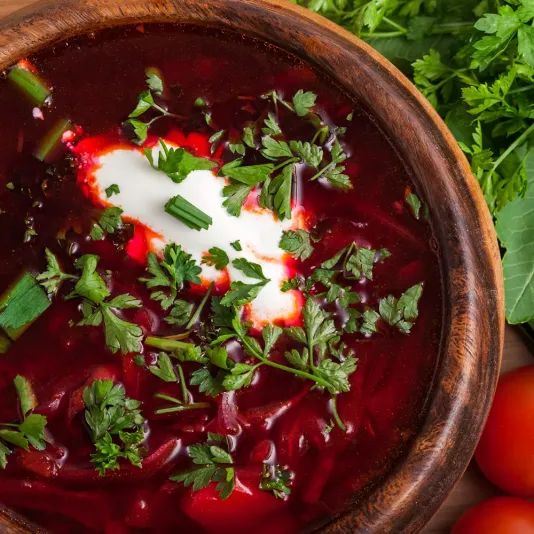Ukrainian Cuisine
Ukrainian cuisine has deep roots formed by labor and daily life. Simple ingredients – beets, potatoes, flour, cabbage, pork fat, onions – turn into complete dishes through the skillful art of thoughtful combination. Over years of cooking, I’ve realized that the most valuable thing about it is the balance between heartiness and gentle flavor. Ukrainian housewives have always strived for dishes that are nourishing but not heavy. Borscht gains depth when left to rest overnight; varenyky become tender when the dough has time to relax. I always emphasize that the essence of this cuisine lies not in the number of spices but in the harmony of natural ingredients and love for the craft. It teaches respect for time, for nature, and for those sitting beside you at the table. I believe its special power lies in sincerity – without pretentious shine but with profound meaning and coziness that cannot be faked.
Recipes of Ukrainian Cuisine
Ukrainian dishes are known for their simplicity of preparation and rich flavor. I’ve often observed that even inexperienced cooks feel confident when making them. Success depends on the quality of ingredients and the sequence of actions. For instance, when cooking borscht, it’s important to sauté the beets lightly first so they don’t lose their color, and in cabbage rolls – not to overcook the rice, so the filling stays fluffy. In my practice, I always follow the rule: first plan the process, then work calmly, without fuss. Ukrainian cuisine does not tolerate haste. When a dish cooks over medium heat, the flavor unfolds gradually, and the aroma develops naturally. The biggest mistake is over-frying or adding too much salt: it ruins the tenderness and fine balance. I’ve noticed that even the type of flour or the quality of water affects the result. Therefore, the main thing is attentiveness. Every dish requires not only time but also mood. I never start cooking when I’m in a hurry or irritated, because Ukrainian cuisine feels the state of the soul.
Traditional Ingredients of Ukrainian Cuisine
The key ingredients are those grown on one’s own land. Potatoes, beets, cabbage, carrots, garlic, and onions are the base of many dishes. Over the years, I’ve realized that even ordinary potatoes have their own character: young ones are tender – ideal for varenyky and deruny; older ones are better for roasts and soups. Beets give not only color but also a sweet depth of flavor if not overcooked. I always use homemade sour cream and pork fat – they add natural softness. Ukrainian cuisine doesn’t need expensive spices, because its main strength lies in fresh vegetables and the right balance of acidity, sweetness, and fat. When cooking kapusniak or uzvar, you need to feel how the ingredients support each other, creating harmony. The best taste appears when everything ripens in its own rhythm, without artificial accelerators. In my practice, I often prepare ingredients in advance – fermenting cabbage, drying apples, freezing herbs. This allows me to preserve naturalness and the genuine aroma of homemade food all year round.
Homemade Cooking Techniques
In my practice, I adhere to traditional methods: baking, stewing, and simmering. These techniques let ingredients reveal their flavor without losing aroma. For borscht, it’s important not to boil it after adding sour cream so the protein doesn’t curdle. I always put varenyky into boiling water and stir immediately so they don’t stick. When baking bread, I let the dough rise three times – this gives a soft texture and rich aroma. Ukrainian cuisine is based on understanding processes, not strict formulas. Over the years, I’ve learned to sense the moment when a dish is “ready”: it can be seen in the color, smelled in the aroma, even heard in the sound of simmering. The most important thing is not to be afraid to trust your instincts. Real homemade food always differs slightly from the recipe because every cook adds her own experience and warmth. Sometimes a small change – a bit more liquid or an extra minute on the fire – makes the result perfect. Such nuances distinguish a skilled cook from a beginner.
Seasonality in Ukrainian Cuisine Dishes
Ukrainian cuisine is closely tied to the seasons. In summer, light dishes prevail – cold soups, vegetable soups, fresh salads. In autumn, I always cook stewed cabbage, baked apples, and pumpkin dishes. In winter, heartiness returns – borscht, potato varenyky, sauerkraut. In spring – green borscht, young vegetables, cottage cheese pancakes. Over years of practice, I’ve learned that seasonality not only enriches the menu but also helps the body adapt naturally. Foods grown in their proper season have better taste and nutrition. I never use winter tomatoes in borscht – they’re watery and lack aroma. It’s better to freeze homemade vegetables or make summer preserves. That way, you can retain natural color and flavor richness. Ukrainian cuisine lives in harmony with nature, so even a simple uzvar or kulish gains special meaning when made from seasonal gifts, without haste, and in a good mood. This is the true harmony of life and cooking.
Modern Interpretations of Ukrainian Dishes
Today, Ukrainian cuisine is evolving while preserving its essence. I often adapt old recipes to modern rhythms: using less fat, more vegetables, and new techniques. For example, borscht can be cooked with vegetable broth instead of meat – the flavor remains deep thanks to proper sautéing. Sometimes I make varenyky with whole-grain flour, and bake deruny instead of frying them. All this doesn’t betray the spirit of Ukrainian cuisine – it simply reveals it in a new way. It’s important to remember that traditions live when they’re adapted to the present. Over my years in the kitchen, I’ve realized that the main thing is not the form but the essence. If a dish retains care, warmth, and honesty – that’s real Ukrainian cuisine. It isn’t afraid of change because its soul lies in people who continue to cook with love and pass that flavor on. I see younger generations returning to homemade recipes, discovering their depth. This gives me confidence that Ukrainian cuisine will live forever.

